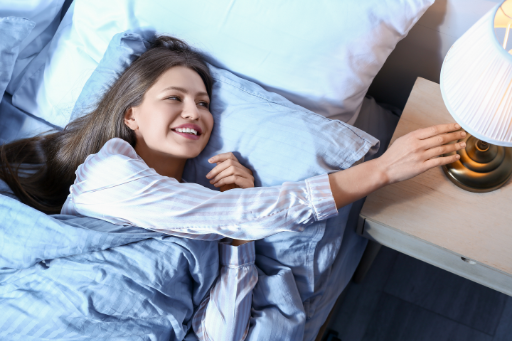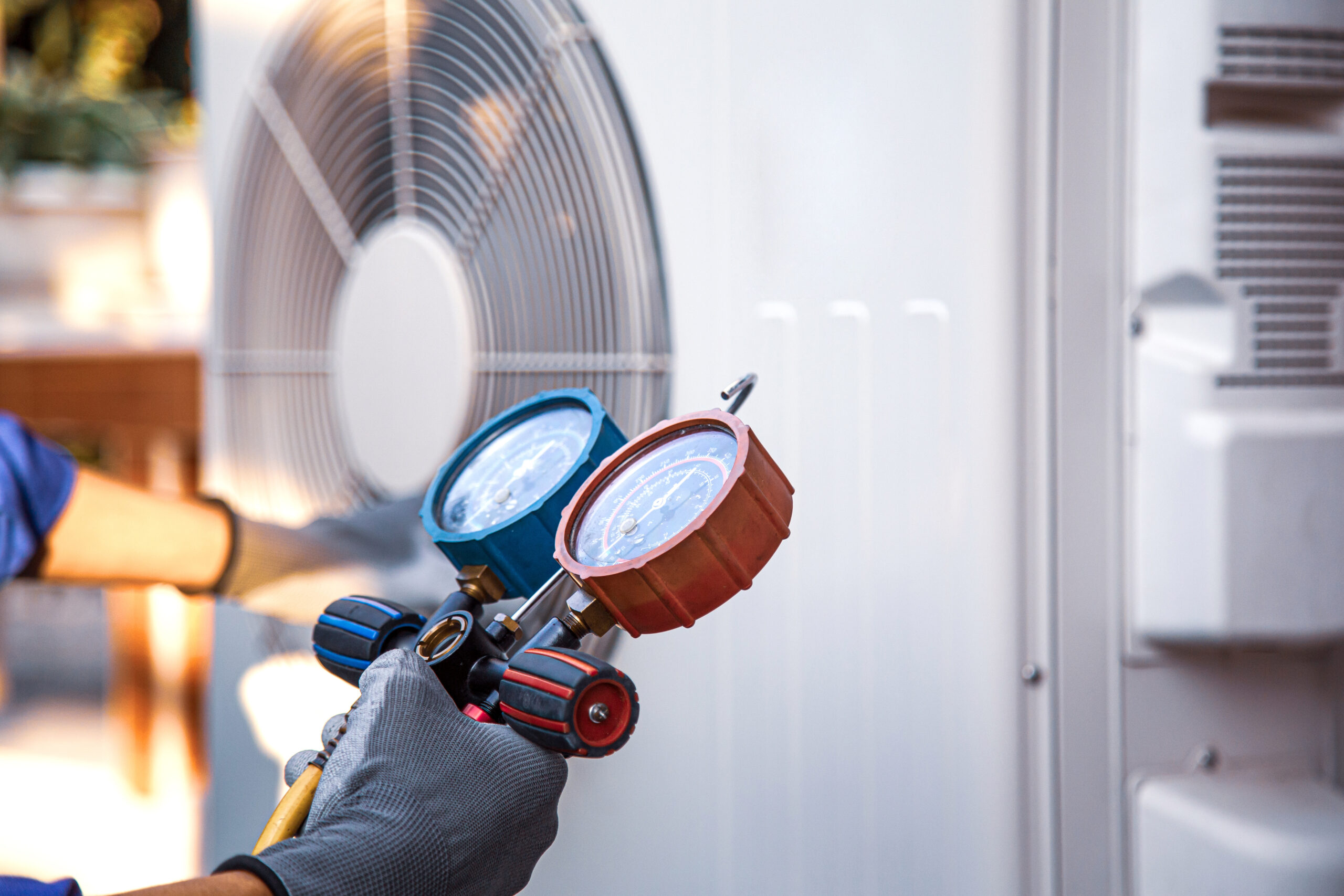There are many factors affecting the quality of your sleep, and one of the most important is knowing how to determine your optimal sleep temperature. Nardco Heating and Air Conditioning explain what that is for most people, but first, we need to explore the relationship between temperature and sleep.
What Is the Body Clock?
What’s known as the circadian rhythm – or “body clock” – controls much of what our bodies do, and that includes establishing our sleep cycle. The everyday change from dark to light and light to dark is picked up by our brains. Have you ever noticed that your normal sleep cycle gets disrupted after we change our clocks for daylight savings time? It’s because your brain is aware of the time on the clock, but feels like it’s a different time because of our circadian rhythm.
During most of the day, our body temperature remains close to the “normal” reading of 98.6 degrees Fahrenheit (that’s 37 degrees Celsius), reports the National Sleep Foundation. But a couple of hours before we normally go to sleep, our brains sense that our day is nearing an end, and they begin to release a hormone called melatonin to prepare us for sleep. As the melatonin flows through the body, our temperature begins to get lower than normal. While we sleep, our temperature continues to drop. After bottoming out during the overnight hours, it starts to increase in the early morning to prepare us for waking up.
Comfort Vs. Discomfort
These processes happen automatically, with no action on our part. As long as we’re at a comfortable temperature, we’ll naturally start to get drowsy before it’s time to drift off to sleep. But what happens when we’re not quite as comfortable?
If our bedroom is uncomfortably warm, our body may struggle to achieve that normal pre-sleep cooldown. Instead of drifting off quietly, we’ll toss and turn, and wake up in the morning feeling tired. If the room is too cold, our body will try to warm us up by slowing our breathing and constricting our blood vessels. That can put an additional workload on the heart.
The Best Temperature for Sleep Quality
According to sleep psychologist Dr. Michelle Drerup of the Cleveland Clinic, our bodies find it easiest to fall and stay asleep when our bedroom’s temperature is somewhere between 60° and 67° F. If the bedroom’s temperature is over 70°F, we may feel way too warm, and a room under 60° can have us shivering instead of sleeping comfortably. In addition to improving our comfort, Dr. Drerup says that the optimal temperature range is believed to improve what’s known as REM sleep, the part of the night during which we dream more actively. She recommends we think of the bedroom as a cool, dark, and quiet cave.
Ideal Sleeping Temperatures for Babies
Interestingly, babies and toddlers typically prefer a slightly warmer sleep environment, ideally, between 65° and 70° F. They’re unable to regulate their body temperature as well as adults, and the slightly warmer temperature helps them get a good night’s sleep. However, they can easily become overheated, especially with multiple blankets. The best way to tell whether a child is at their perfect sleep temperature is to gently touch the back of their neck or their stomach. If you feel sweat on them, it means they’re probably too warm, so you either need to remove some covers or cool the to room temperature.
Changes With Age
As with so many things, our ideal sleep temperature normally changes as we grow older. Online health resource WebMD points out that the fat layer immediately beneath our skin tends to become thinner as we age, so it provides less insulation against both heat and cold. In addition, the brain triggers less melatonin in older adults, so sleep may not come as easily.
Interestingly, men tend to have less of a change in body temperature as they age than women do. The menstrual cycle can affect body temperature. In addition, the hormonal changes that signal the arrival of menopause cause symptoms such as hot flashes and night sweats that interfere with comfortable sleep.
Are You Feeling Too Hot?
If you’re one of those people that has trouble cooling down before bedtime, there are several simple strategies you can try. For some people, lighter bedsheets are more comfortable. They provide the security of bedding without making a person below them feel warmer. A cool shower before bed can make it easier to fall asleep, as can a cool damp towel on your forehead. Sipping a glass of ice water may also help, as can limiting your daytime intake of sugar and caffeine. And, surprisingly, taking a warm bath an hour or so before you plan to go to bed can help your body cool down.
You can also make a variety of simple physical changes to your bedroom. Using a ceiling or floor fan can provide a cooling breeze. So can opening a window when the outside temperature is right. Keeping the blinds or shades closed during the day will limit the sunlight’s ability to warm up the room.
Is Your Furnace Effective?
If you find it difficult to fall asleep night after night because you just can’t get comfortable, there may be a problem with your furnace or your thermostat. Nardco Heating and Air Conditioning can discuss your comfort concerns and evaluate whether there’s a problem with your system. Often, a home’s cooling may just need a simple adjustment to improve comfort. If your bedroom just isn’t as comfortable as you’d like, contact our team, and we’ll find a way to make it better for you.








